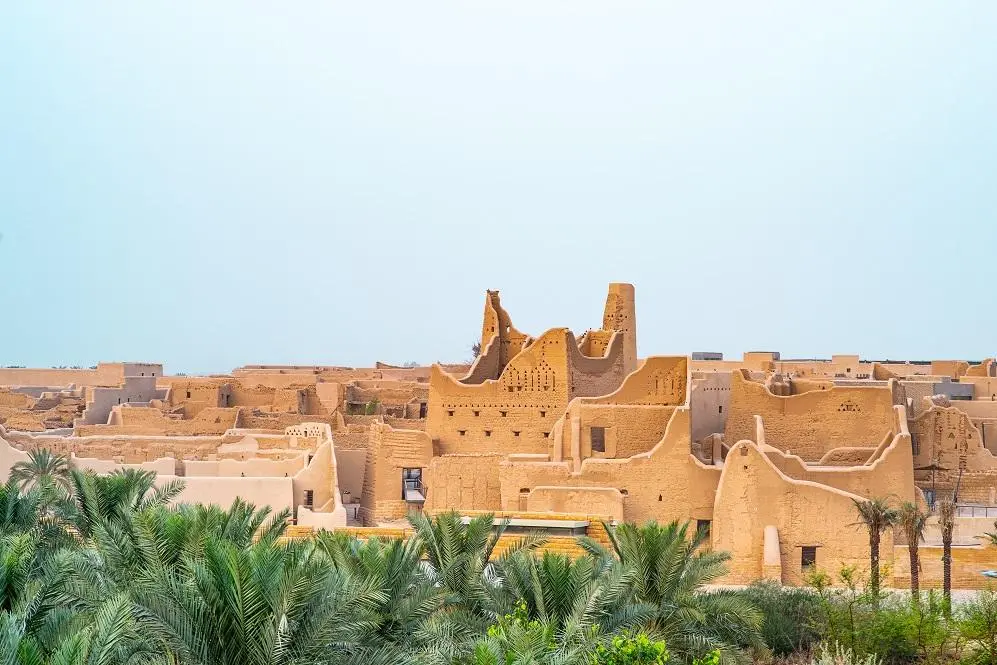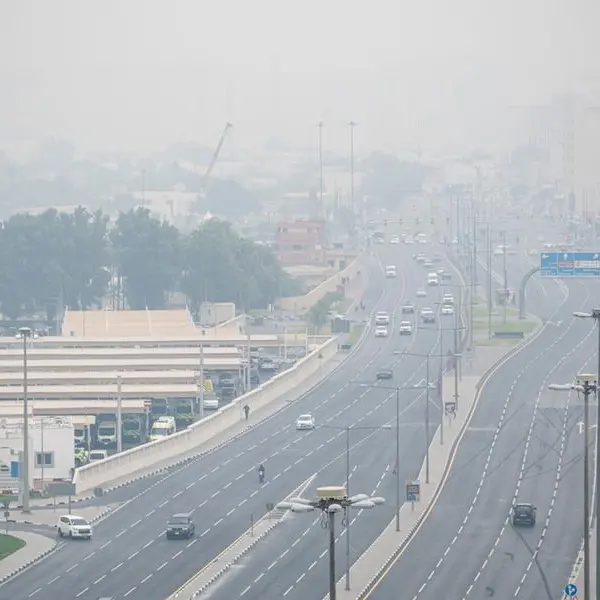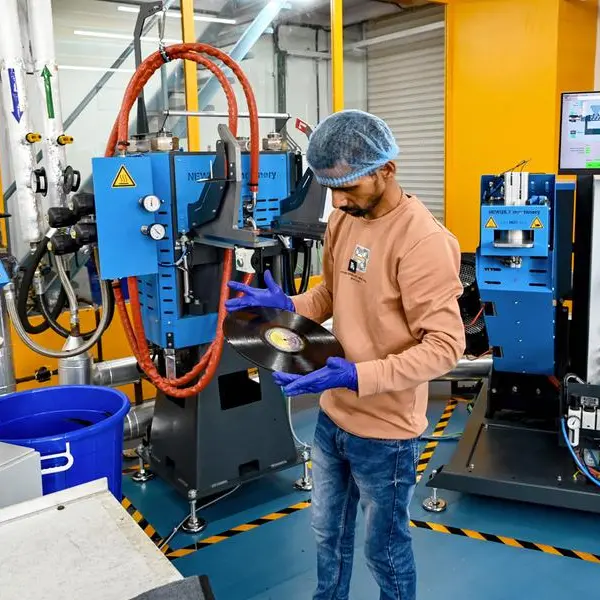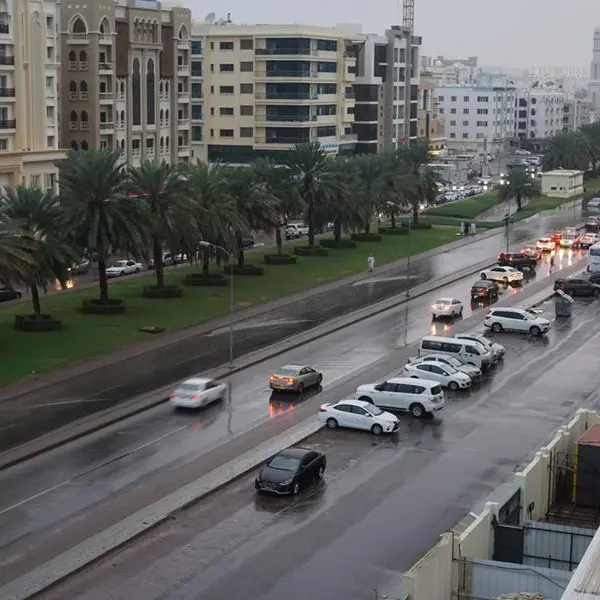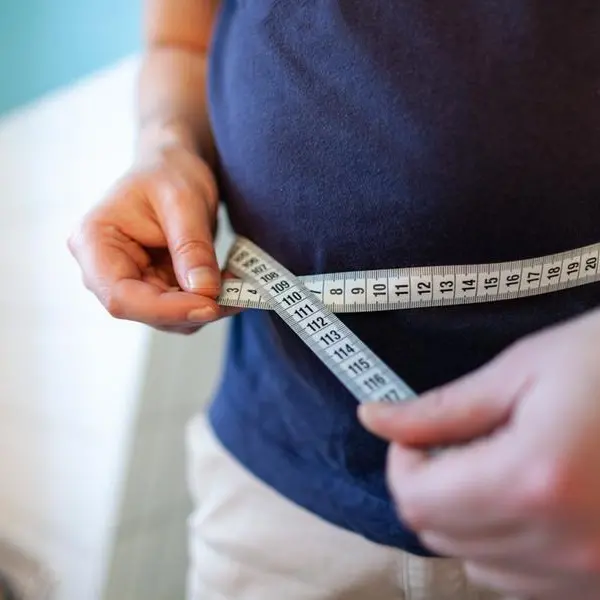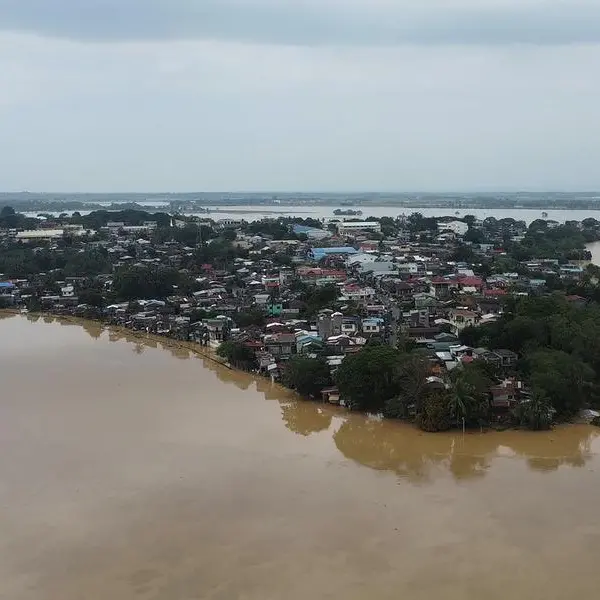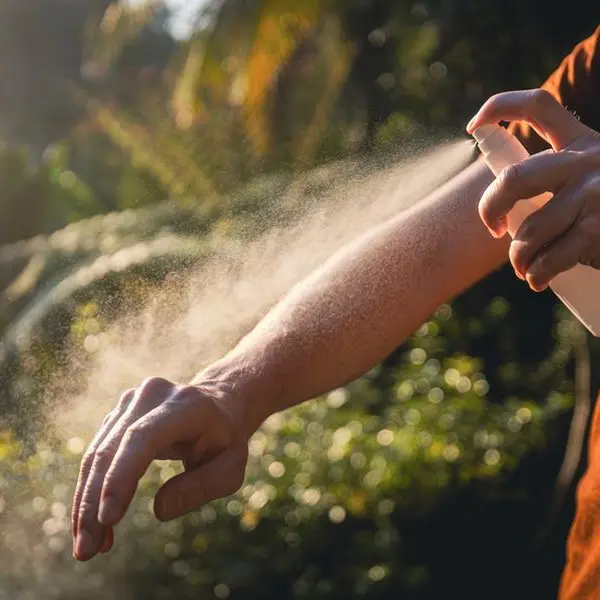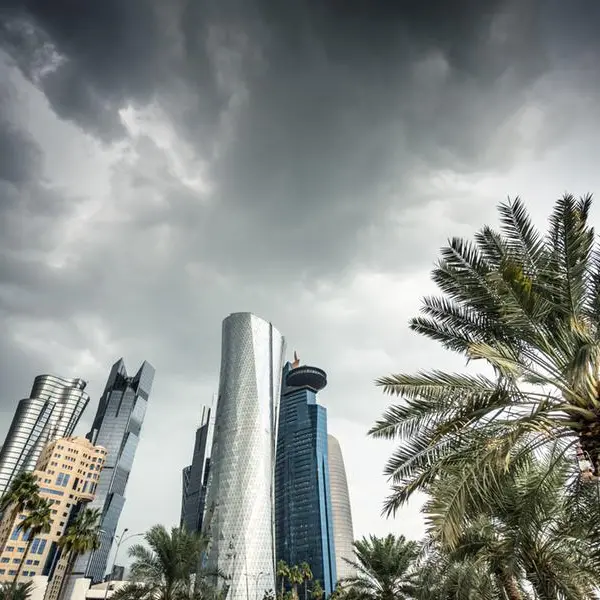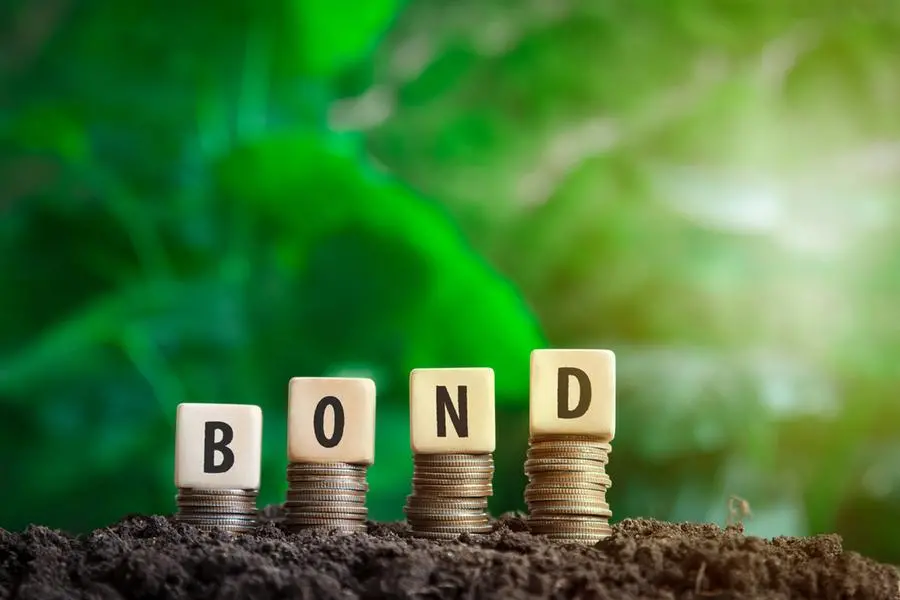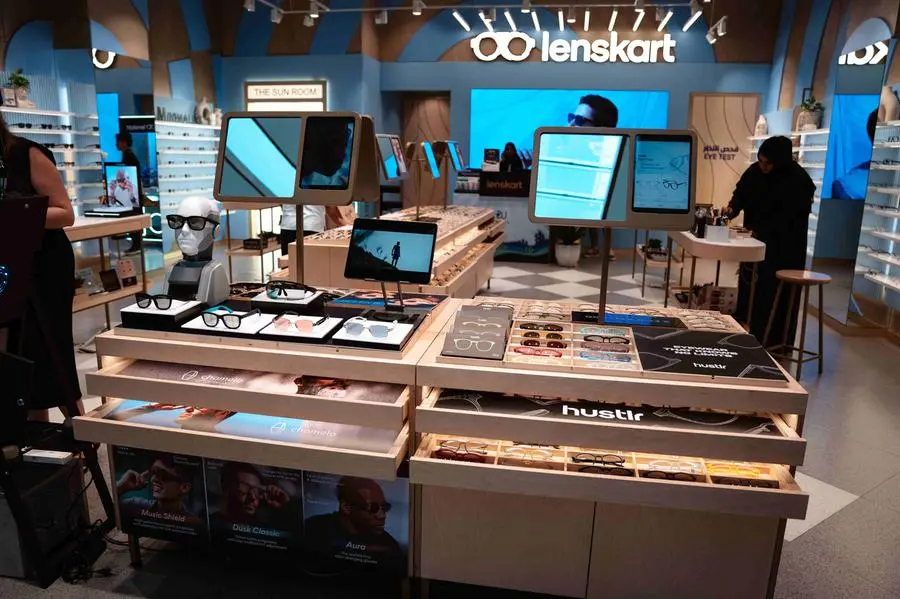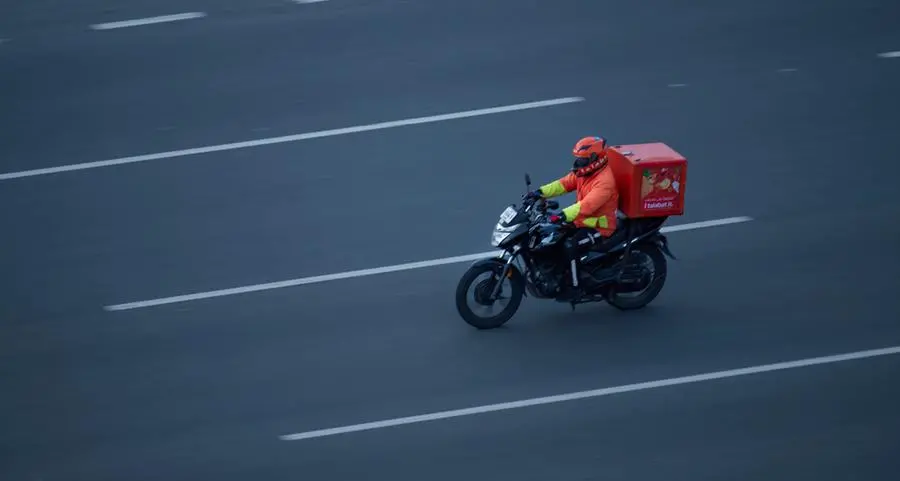PHOTO
Maha Malluh
The Jeddah-born artist’s piece is a continuation of one of her best-known series, “Food for Thought,” in which she uses found objects with a particular cultural resonance for Saudis to create images and/or words. Her “World Map” consists of 3,840 audio cassettes of religious readings, divided into 48 bread-baking trays. “Decades ago, people would gather to listen to these tapes, as if communing for a meal,” the show catalogue explains. “By incorporating cassettes, many works in this series also grapple with the shift in Arab society from the spoken word to a fast-paced, visual culture.” This particular piece, however, “alludes to new forms of global connectivity that emerged from the outbreak of COVID-19,” when — denied much of what constitutes our physical community — many of us found togetherness in the sharing of audiovisual media from across the world; from the streaming giants of Netflix and Amazon Prime to social media platforms such as Tik-Tok and YouTube.
‘Standing by the Ruins of Aleppo’
Dana Awartani
The Jeddah-born artist’s installation is typical of her focus on the destruction or erosion of cultural heritage. Its subject, the ancient Grand Mosque of Aleppo, was seriously damaged during the Syrian Civil War. Awartani has Syrian heritage (as well as Palestinian, Jordanian and Saudi) so the topic has a personal connection for her. She created a large-scale replica of the mosque’s courtyard using adobe bricks made from clay earth taken from across the Kingdom. She chose not to include a binding agent in the bricks, so her work will inevitably crack over time. “The work makes a lost piece of cultural heritage accessible again,” the catalogue states. “Meanwhile, Awartani’s use of adobe, a low-cost material suffused with meaning and collective memory through its role in vernacular architecture, suggests a note of hope and communal resilience.”
‘Birth of a Place’
Zahrah Al-Ghamdi
The Jeddah-based artist’s work “explores tensions between the country’s traditions and globalization, often through the lens of her hometown, Al-Baha,” according to the show catalogue. “She is inspired by the domestic architecture of the city as well as the natural beauty of the area, though her work also considers what is lost to the Kingdom as it undergoes breakneck urban development.” This particular piece, though, is based on the site of this biennial, Diriyah, and “serves as an elegy to the ancestral foundations of the town.” Al-Ghamdi spent time wandering the deserted clay houses in the area before creating the work, which consists of shapes that surely mimic the high-rise skylines typical of the rapid urban development witnessed in the Gulf in recent decades, and which Al-Ghamdi describes as “sky-high kicks of a fetus in a mother’s womb.”
‘Soft Machines/Far Away Engines’
Sarah Brahim
Brahim is a singer and dancer, and was commissioned to create this projection-mapped video performance — a “choreographic essay” — “to impart a sense of the transcendent.” The filmed performance consists of planned and improvised movements, and individual and group gestures. “As motion moves through the body to its border, there must be a point where it breaks through and becomes part of the social body, the transmission from individual to common territory,” the catalogue states. Brahim spoke to Arab News earlier this year about her use of “structured improvisation” in her work. “I use this approach because I care about capturing a specific feeling or experience and having it resonate in others,” she said. “Being open to the medium that works to communicate and being open enough to listen deeply to where things are coming from keeps me grounded.”
‘Manifesto: The Language & City’
Abdullah Al-Othman
Al-Othman is a poet as well as a multimedia artist. As such, he includes the written word in many of his artworks — often scripture from the Qur’an. “His work explores human struggles as he documents the people that inhabits the cities he visits,” the catalogue explains. This new piece is about his hometown, though — the Saudi capital city, Riyadh. Al-Othman used LED and neon lighting, lightboxes and found wooden signage from his city’s streets to create this fun, eye-catching large-scale installation in which he “condenses the city to its visual and architectural language. In this way, the work becomes an artistic manifesto of the city.”
‘This Sea Is Mine’
Marwah Al-Mugait
Al-Mugait’s work for the biennale is a video installation and performance-art piece that “uses vocals and movements to revive ancient practices and create a new form of transcultural solidarity in an era marked by geopolitical friction, mass migration, and diaspora.” The Riyadh-born artist uses traditional chants from three very different indigenous populations in this piece — one from the Far East, one from South Africa, and one from the Gulf. The latter — fijiri — is a traditional sea chant used as an “auspicious ritual” for sailors and pearl divers. “These disparate cultural forms come together to create unexpected human connections, highlighting the similarities between different cultures and proposing a metaphorical bond of solidarity between nations,” the catalogue states.
‘The Alphabet’
Lulwah Al-Homoud
Riyadh-born artist Al-Homoud presents a web of programmable LED neon strip lights which, when a visitor approaches, become brighter, beckoning them closer. The installation is, according to the catalogue “the culmination of Al-Homoud’s 20-year project investigating the relationship between geometry and the Arabic alphabet. Now a hallmark of her work, these patterns are made by deconstructing Arabic script and applying ancient mathematical principles to their forms, creating a new mode of expression within the revered tradition of calligraphy.” Al-Homoud has previously told Arab News that her calligraphy is not meant to be “read” in the straightforward traditional way: “It is not direct,” she said. “It will ask people to look more deeply to be able to figure out what is written.”
Copyright: Arab News © 2022 All rights reserved. Provided by SyndiGate Media Inc. (Syndigate.info).
